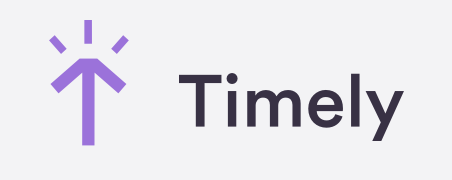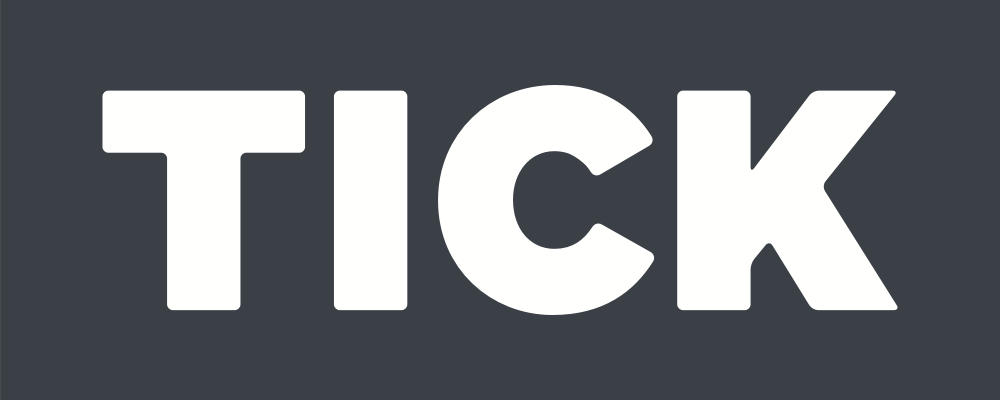Taking a Closer Look at Desktime: An Honest Guide
Get a comprehensive understanding of DeskTime, a prominent player in the field of employee management and productivity tracking. Our review covers its key features, pricing, user experience, and more to help you decide if it's the right tool for your business.
Welcome to our in-depth guide on DeskTime, a solid pick among employee time tracking and monitoring software.
Our honest guide will cover DeskTime's stand-out features, user reviews, the platform's user experience, customer service offerings, various pricing structures, and the measures it undertakes for security and compliance.
Whether your team is spread across continents or working within a conventional office setup, this review will help you decide if DeskTime is the right employee monitoring system for you. Plus, we’ll take a look at some alternatives, such as Insightful, a leading workforce analytics and remote monitoring software.
Features Overview
DeskTime is a well-liked time tracking and attendance monitoring software with all your basic tools for project management and productivity tracking.
The key capabilities are automatic time tracking and document title tracking for task-specific monitoring. The platform also offers baseline project and team management tools, complete with accurate billing via project time tracking and cost calculation.
Other notable features include a Pomodoro timer, automatic screenshots, customizable reports, and a mobile app for performance oversight on the go. Unlike similar products on the market, DeskTime doesn’t offer more advanced monitoring features like keystroke tracking and video screen recording.
Automatic time tracking is DeskTime’s biggest selling point. The feature tracks the total time spent working from the moment an employee turns on their computer until they shut it down. This gives you direct insights into your team’s workdays, while also showing which websites and apps employees use on a daily basis.
The apps and websites can then be labeled as productive or unproductive—two serviceable albeit somewhat simplistic categories. The software does require a fair amount of manual input to classify the apps and websites. But if you and your team can spare the time for manual customization, it’s not that big of a setback.
Speaking of customization, DeskTime isn’t the most flexible tool to work with. As mentioned, the software can cover your basic time tracking and project management needs, but if you want more refined customization options, you better look to its competitors.
It’s also worth mentioning that DeskTime isn’t the most precise platform out there. Users have experienced software bugs and tracking inaccuracies, especially when it comes to detecting idle time. According to the reviews on G2 and Capterra, there were instances where the system marked active users as idle, or failed to track productivity during certain activities (e.g., meetings) completely.
The occasional inaccuracies can be tricky if you’re dealing with more complex workflows. DeskTime does integrate with a handful of popular tools like Google Calendar, Outlook Calendar, Trello, Gitlab, Asana, Basecamp, and Jira, which can make up for the lack of advanced tracking and limited customization. However, the list of available integrations is much shorter than what ActivTrak or Insightful offer.
DeskTime is available in three versions, for Windows, Mac, and Linux, although its (in)compatibility with Linux operating systems has been a point of contention. Still, if you need a (mostly) accurate time-tracking tool to help you organize, DeskTime is as good of a choice as any.
User Experience (UX)
From a user experience perspective, DeskTime is a hit-and-miss.
A common pain point for most users is the sluggish, unresponsive dashboard. While the interface is designed to be clean and straightforward, users often experience delays when navigating through different sections or generating reports.
Some new users also found the initial setup and navigation to be challenging. Configuring the software to track specific activities, classifying productive and unproductive tools, and integrating with other apps requires a significant learning curve. DeskTime is not the best fit for busy bees who don’t have time to get familiar with the system or wait for the report to load.
DeskTime users also have a bone to pick with the outdated interface. The design in particular feels behind the times and could use a ’’more contemporary touch,’’ according to a user review on Capterra.
Customer Support
DeskTime provides a variety of customer support options. The company offers live assistance from Monday to Friday, 9:00-22:00 EET. Users can also reach out through different channels like WhatsApp or Skype, or by filling out a contact form.
There’s not much to say about DeskTime’s support team. According to the few reviews on Trust Pilot, they’re generally characterized as efficient, knowledgeable, and service-oriented.
Some users have expressed dissatisfaction with the lack of immediate chat support.
Pricing Plans
When compared to other time-tracking tools, DeskTime’s pricing is on the higher side.
For starters, DeskTime doesn’t offer a free version that supports multiple accounts. The free DeskTime Lite plan is limited to individual users, meaning the software isn’t exactly a budget-friendly option.
The first available paid option is the Pro plan, priced at $7 per user per month. While it’s still relatively expensive for small teams or startups, it does support multiple users and offers more comprehensive features. On the downside, you’re limited to 1,000 projects, which may not cut it for larger projects or teams.
The Pro plan also lacks more advanced features like screenshots, absence calendar, and shift scheduling. For those, you’d have to subscribe to the Premium plan, for $10 per user per month. The good news is—if you opt for the annual subscription, you reduce the monthly cost all the way down to $9.17 per user instead.
Quite a few users feel that DeskTime doesn’t quite offer value for money, especially considering the number of software bugs, slow responsiveness, and the need for manual input. Plus, a lot of their competitors offer more flexible pricing plans, including free versions for small teams or lower-cost options that still provide robust features.
Security & Compliance
DeskTime’s secure remote worker software complies with all relevant laws, acting as both a Data Controller and Data Processor. It collects user data during registration and service usage, including app use and visited websites.
The collected data is retained as long as the user account is active, with certain data retained post-account termination for legal reasons. DeskTime applies security measures to protect personal data, pledges to alert users in case of a data breach, and permits third-party audits under mutual agreement.
Final Thoughts
Overall, DeskTime is a perfectly workable and secure remote workforce management system. The platform offers productivity tools like basic project and task time tracking, automated time tracking, screenshots, and custom reports. It’s a bit laggy and outdated, but it does what it’s supposed to (unless you use Linux OS, apparently).
However, the higher pricing may defer most users to more affordable solutions. Compared to other remote monitoring apps, DeskTime seemingly offers less for more, lacking more advanced productivity tracking features and more flexible subscription plans.
If you’re happy with a B+ product with a strictly standard toolkit, DeskTime is a good pick.
Looking for Advanced Time Tracking Solutions? Try Insightful!
Insightful provides advanced time-tracking capabilities, including keystroke tracking, manual clock-in/out, and customizable screenshot capturing. The platform offers comprehensive out-of-the-box features such as real-time productivity insights, productivity scores, offline activity analysis, resource allocation, and insider threat detection.
Additionally, Insightful includes many add-ons for enhanced functionality, such as AI-powered data analysis and workforce analytics. The platform integrates with a wide range of tools and offers custom integrations via a public API, providing greater flexibility and connectivity compared to DeskTime.
Featuring an intuitive dashboard with a user-friendly interface, Insightful minimizes the learning curve and offers excellent data visualization in reports that are easy to interpret, helping managers quickly understand productivity trends. An upcoming AI-powered add-on will allow users to ask questions related to workforce data, further enhancing ease of use and data interpretation. Insightful's modern and responsive design ensures smooth navigation and real-time insights.
The platform offers flexible pricing plans without user minimums and includes prorated charging, meaning you only pay for actual usage. Plans start at $6.40 per user per month for the Productivity Management plan, providing essential productivity tools.
The Time Tracking plan, at $8.00 per user per month, adds project and task time tracking, budgeting, and invoicing. The Process Improvement plan, priced at $12.00 per user per month, offers advanced workflow analysis and process optimization. For large enterprises, a custom plan is available with tailored features and pricing, ensuring a solution that fits specific business needs.
Start your free trial today and see how our advanced productivity and time-tracking tools can transform your business!
¿Está listo para tomar el control total de su lugar de trabajo?
Pruebe la solución más sencilla hoy mismo...
Prueba Gratis.svg)
.jpg)




























.png)


.png)



%20(1).png)
%20(1)%20(1).png)
%20(1)%20(1).png)